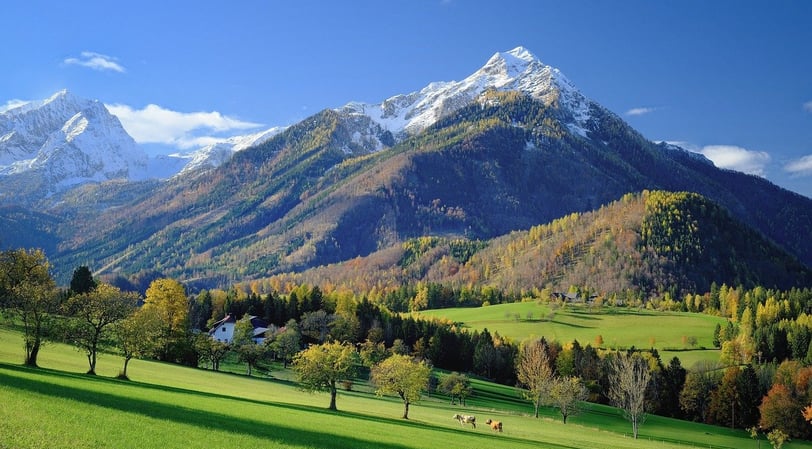United States National Parks: Preserving Landscapes, Biodiversity, and Cultural Heritage
United States National Parks: Preserving Landscapes, Biodiversity, and Cultural Heritage. U.S. national parks operate at the intersection of environmental integrity, historical remembrance, scientific inquiry, and public enjoyment.
ENTERTAINMENT
Camapa Editorial
12/18/20242 min read


The United States is home to one of the world’s most extensive and diversified networks of protected areas: the national parks. Established to safeguard remarkable landscapes, distinct ecosystems, and cultural legacies, these national parks embody a vision of public land stewardship that has deep historical roots and ongoing environmental significance. From the towering cliffs of Yosemite to the geothermal marvels of Yellowstone, U.S. national parks serve not only as tourist destinations but also as living laboratories for scientific research and as crucial repositories of America’s natural and cultural heritage.
The genesis of the national park concept can be traced back to the latter half of the 19th century, notably with the establishment of Yellowstone National Park in 1872. This unprecedented federal action reflected the nascent idea that certain public lands should be preserved from private exploitation for the collective good. Over time, this ethos of conservation evolved into a robust framework, culminating in the creation of the National Park Service (NPS) in 1916. Tasked with managing and maintaining the parks, the NPS continues to balance two sometimes competing objectives: facilitating public access and enjoyment while conserving resources for future generations.
Today, the United States boasts more than 60 national parks, each with its own unique characteristics and conservation challenges. Parks such as the Grand Canyon or Zion emphasize geological grandeur, illustrating the ancient processes that have shaped the Earth’s surface. Others, like the Everglades or the Great Smoky Mountains, prioritize biodiversity, harboring intricate ecological networks that include numerous endemic and threatened species. In Alaska’s Denali, the Arctic tundra and North American wildlife—grizzly bears, wolves, and caribou—thrive under a regime of minimal human disturbance. Meanwhile, the National Park of American Samoa underscores the cultural dimension of park stewardship, preserving indigenous Samoan traditions and ensuring that cultural landscapes remain vibrant and meaningful.
Yet despite their iconic status, U.S. national parks face mounting pressures. Climate change threatens to alter the very ecosystems these areas were designed to protect; shifting temperature and precipitation patterns can influence species migration, wildfire frequency, and the spread of invasive species. Moreover, soaring visitor numbers place additional stress on park infrastructure, raising concerns about overcrowding, habitat degradation, and the delicate balance between conservation and recreation. Park managers increasingly turn to adaptive management strategies, employing scientific data to inform policy decisions and to develop sustainable visitation models.
In response to these challenges, the NPS, along with various conservation organizations, researchers, and community stakeholders, has initiated efforts aimed at long-term ecological resilience and cultural continuity. Strategies include restoring degraded habitats, reintroducing native species, improving visitor education programs, and integrating Indigenous knowledge systems into management practices. Moreover, federal funding initiatives, public-private partnerships, and citizen science projects invite broader participation in the stewardship of these landscapes, ensuring that the burden of conservation is shared by a coalition of dedicated stakeholders.
In essence, U.S. national parks operate at the intersection of environmental integrity, historical remembrance, scientific inquiry, and public enjoyment. They are living symbols of a national commitment to safeguarding the sublime and the singular, ensuring that both current and future generations may continue to learn from, delight in, and draw inspiration from these remarkable natural and cultural treasures.
Camapa Editorial
camapaeditorial@gmail.com
© 2024. All rights reserved.
Our mission at Camapa Editorial is to explore, analyze, and present insights within these fields in a way that both educates and inspires further inquiry. Whether delving into groundbreaking scientific discoveries, examining the intricacies of athletic performance and emerging sports, or exploring the multifaceted world of entertainment, Camapa Editorial aims to be a trusted guide in your journey of learning and exploration.
